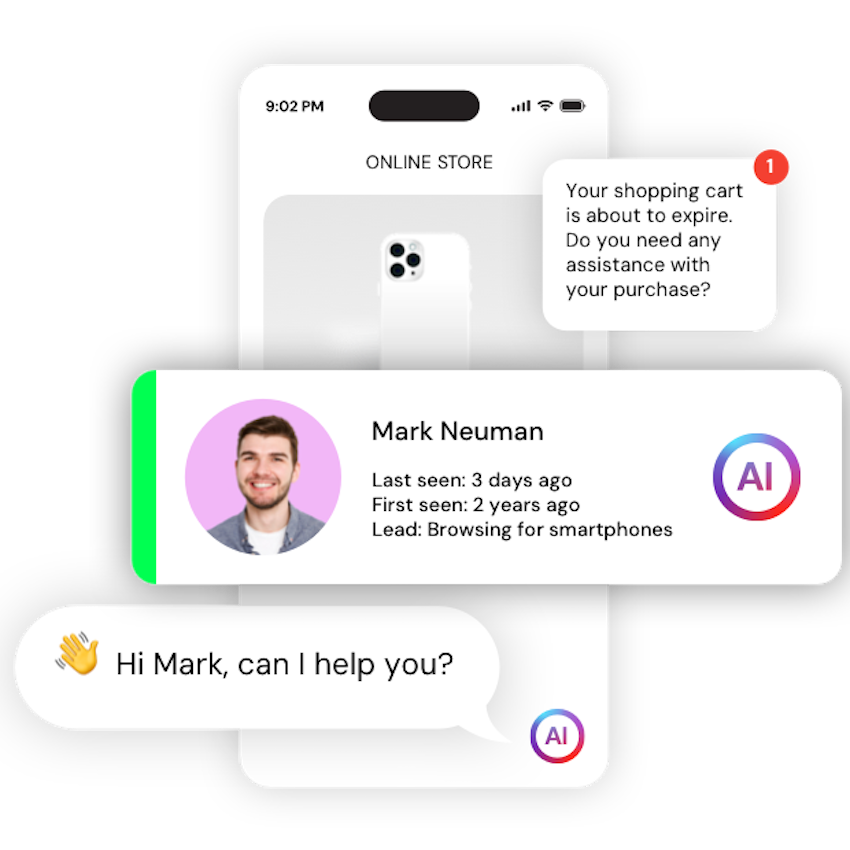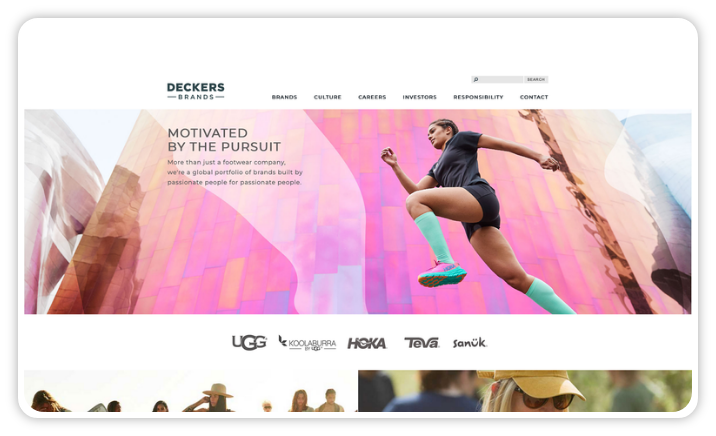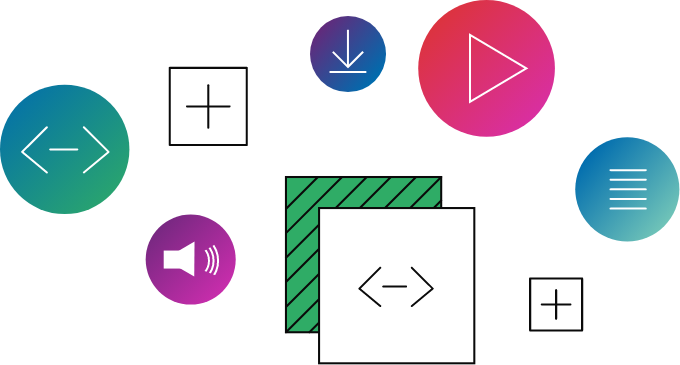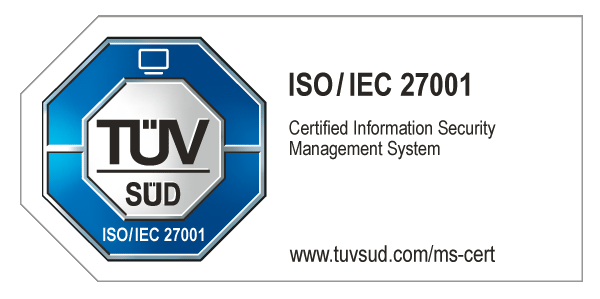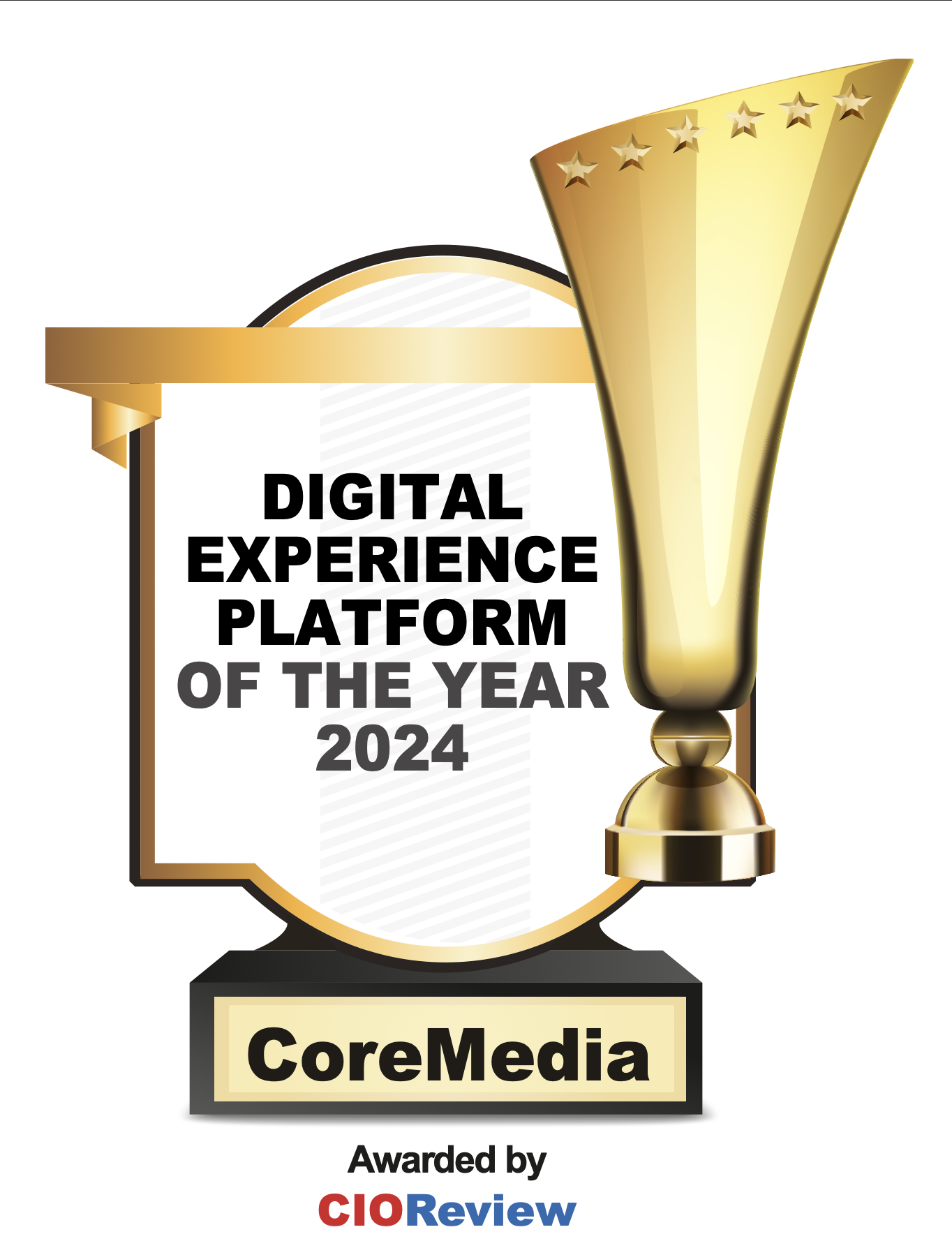Why do so many digital projects fail? Surprisingly, the reason often has less to do with inadequate technology or tight budgets, and more with lack of planning, poor communication, or simply having the wrong attitude.
Through my work as an IT consultant, I’ve worked on many digital projects and I’ve identified the top ten factors that help teams achieve project goals on time and on budget.
1. Agile is a mindset
In my kickoff workshops, I often hear "Oh, we’re well acquainted with 'agile methodology.’” But are you, really? Just because you’re throwing the term around or having a daily meeting doesn’t mean you’re working with an agile approach. Because it really is about an inner willingness to truly work step by step, getting rid of fixed time and cost schedules. The result of an agile project is not a “Big Bang” (i.e. one release with all features) on day X. Instead, the aim is speed: bringing an initial solution with added value to the market quickly.
2. Formulate the product vision
At the start of the project, the vision must be clearly formulated and supported by all stakeholders. The product vision must describe the optimal outcome or goal. Because without a clear vision, there’s no way you can work towards it step by step.3.
3. Define the MVP
The Minimum Viable Product (MVP) is the first functional version of the software, website, or other digital project that already offers additional value. The MVP release contains a portion of the vision and, just like the product vision itself, is a necessary step in an agile methodology.
4. Just start!
Digital projects are complex. So those involved may feel hesitant to begin until they’ve thought through everything down to the last detail. But time is not your friend. Market opportunities, competitors, and customers don’t wait. Move fast and begin work as soon as the vision and MVP are formulated.
5. Find and keep a permanent team
Digital projects can run for months or even years. Because of this, there are real advantages in keeping a permanent team in place:
- Comprehensive knowledge of the important project parameters
- Deep understanding of the product
- Well-established processes (e.g. in planning, division of labor, communicating, etc.)
- Appreciation of the strengths and weaknesses of other team members
When working with large agencies, there’s often constant project shuffling which hinders progress.So be smart and keep your team together.
6. Milestones vs. waterfalls
In digital projects that follow the “waterfall model,” development tends to be less flexible with usually only a single employee responsible for updating the project plan.In my projects, we use agile roadmaps and milestone planning. This outline an approximate process and at the same time is flexible enough to take changes into account. Trust me: it works.
7. Prioritize and focus your work
To determine top priorities, simply answer the following questions:
- What features will add the most value to customers?
- Which of these are the most difficult to implement?
Prioritizing is essential for project success, from formulating the vision to soliciting individual user stories for sprint planning. Do what will have the most impact fastest first.
8. User experience & technology belong together
UX designers and developers must work as a team. Their actually work product is different, but alignment here is essential for the success of the project. Do everything you can to make sure these two departments love each other.
9. Speak regularly with stakeholders
The continuous presentation of intermediate steps is one of the most important components of an agile methodology. Client and contractor must check in reguarly to prevent expensive misunderstandings. So share your results with all stakeholders, even your mistakes. Transparency builds trust.
10. Check and test your work
Conduct user surveys and user tests with your target group. And while doing so, test the functionality and usability of your digital product. This way, you’ll align with the needs of your target group and market and the results can be incorporated into the next iterations.
Conclusion
When it comes to the success of a digital project, there are many factors at work. But the elements outlined above will give you the best chance for success. And if you remember nothing else, remember this: a real willingness to work agilely is most important element of all.
About the author:
Timmo Köhler is Managing Director of bitgrip GmbH and has been working as an IT Consultant and Business Analyst for over 15 years.

